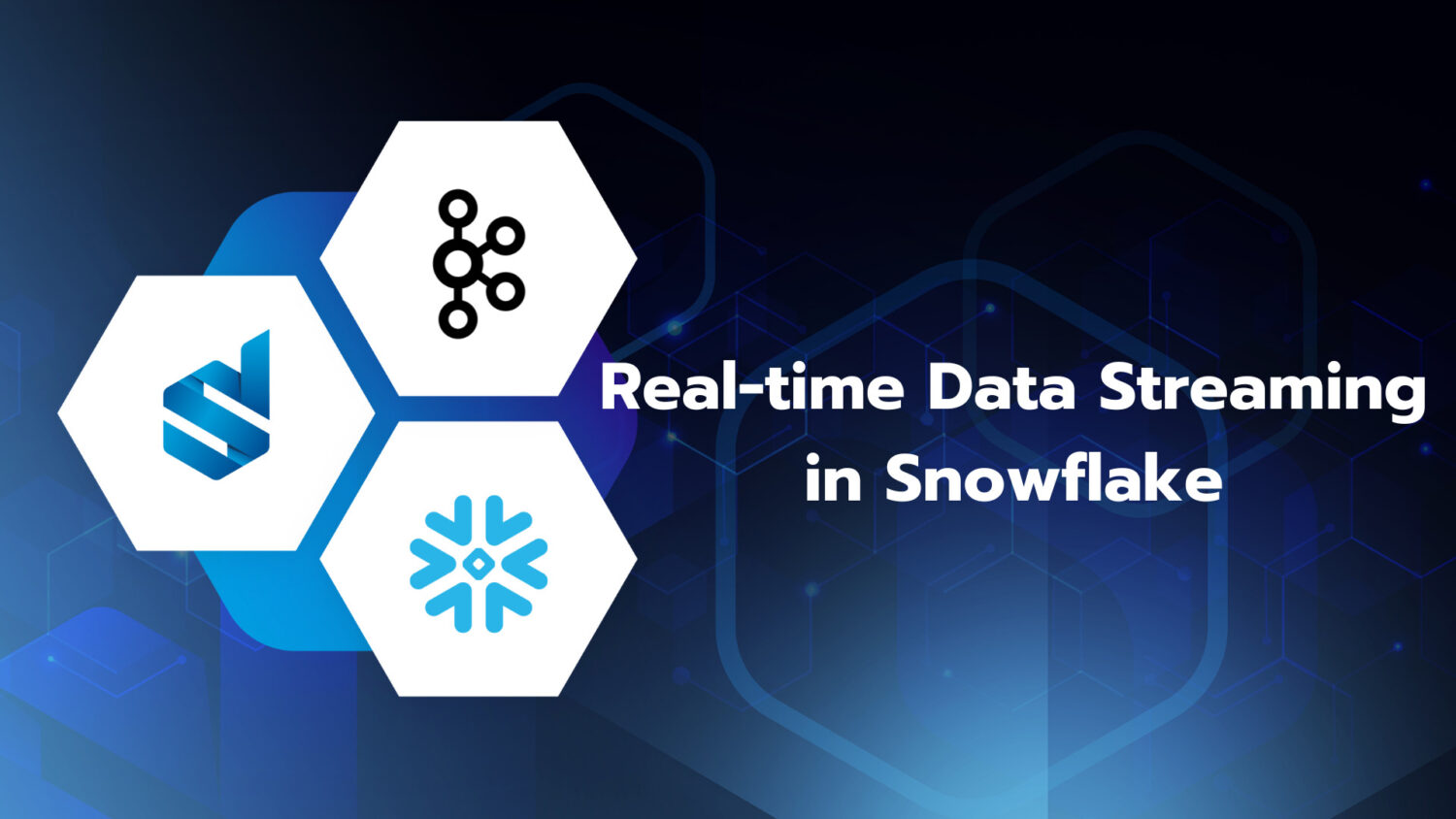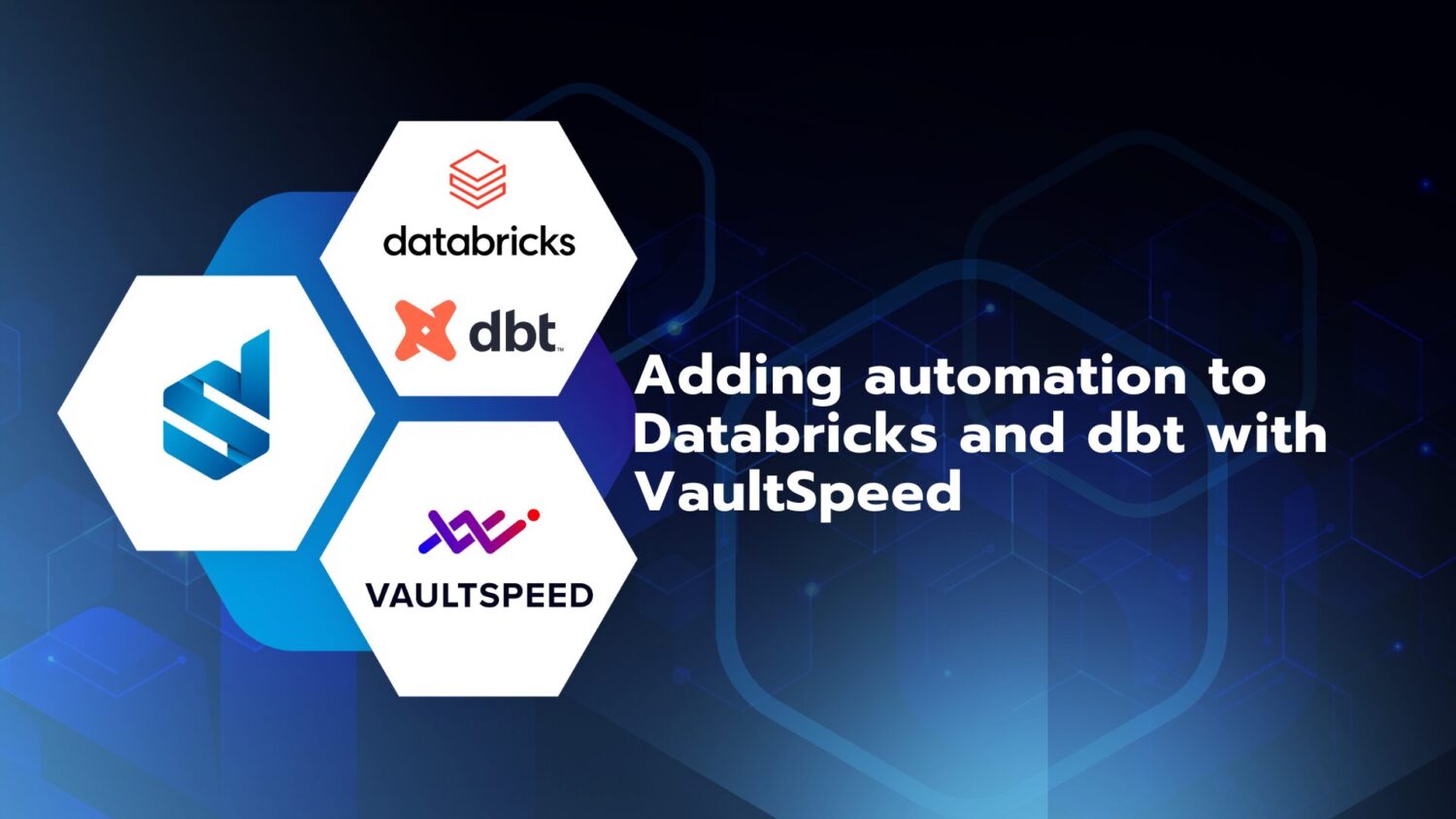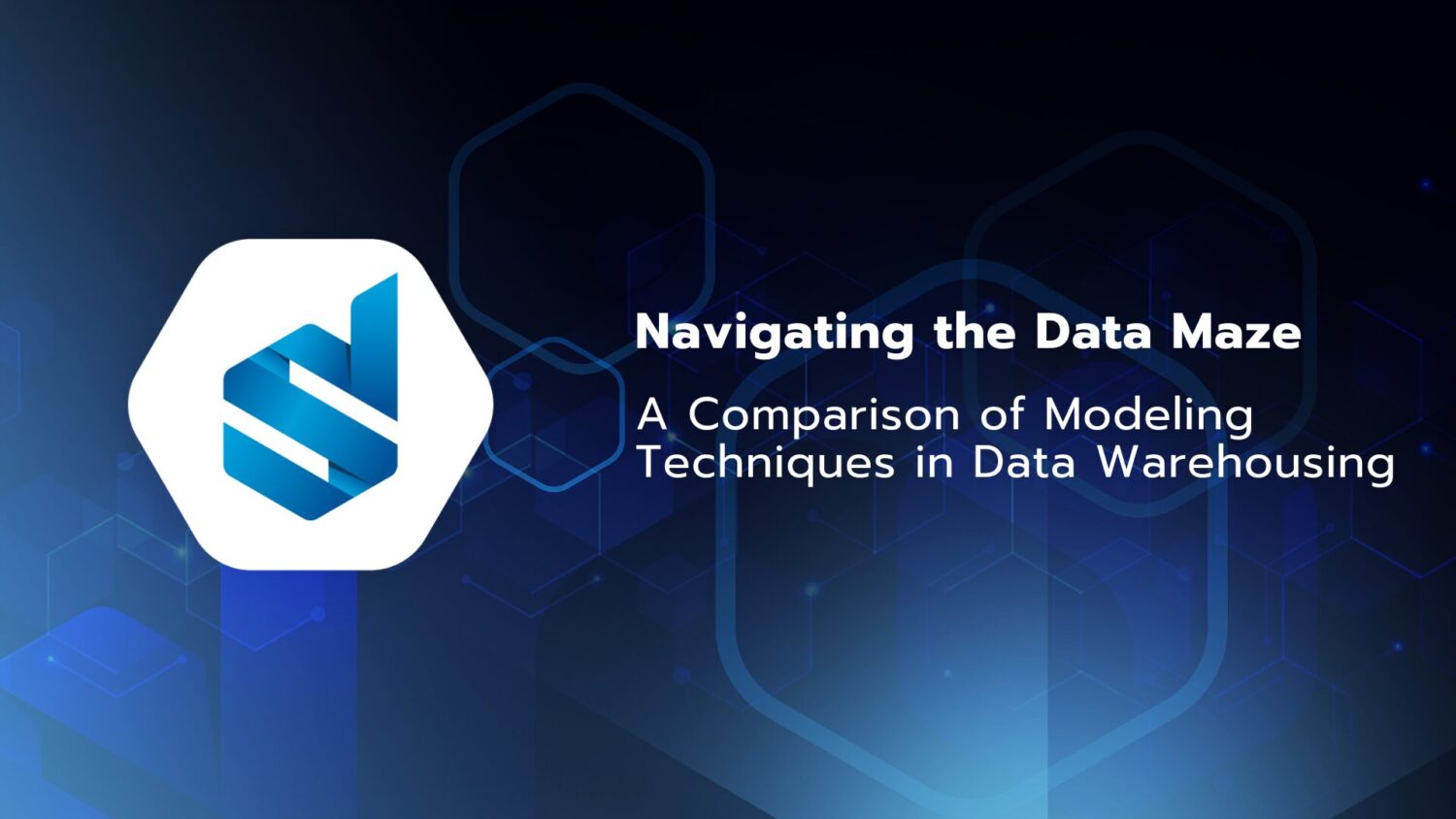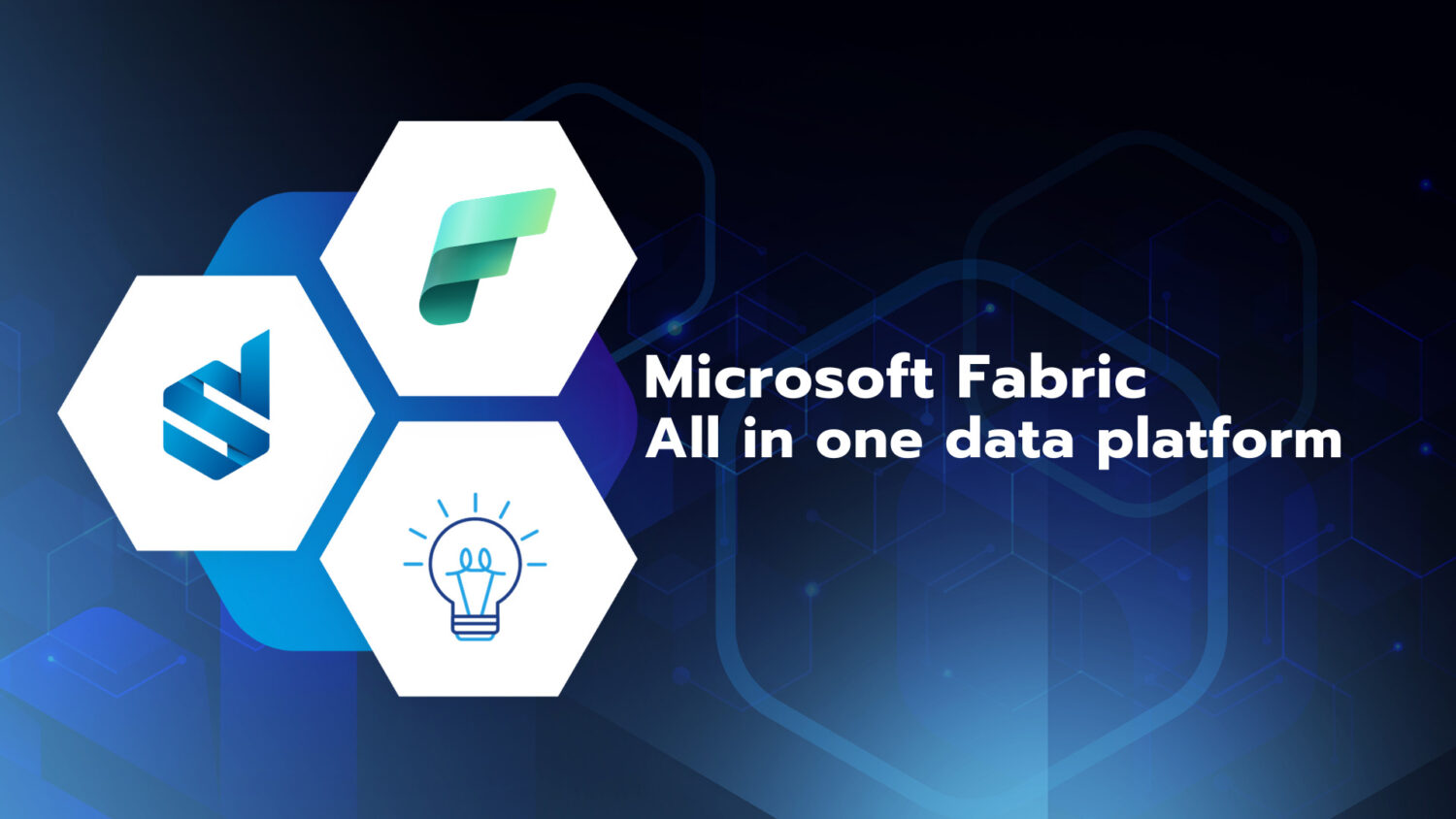Data Streaming refers to the continuous process of transmitting, processing, and analyzing data in real-time as it is generated or received. It involves the constant flow of data from its source to its destination, where it can be processed, analyzed, and acted upon without significant delay, typically within milliseconds to seconds.
Real-time data streaming is crucial in today’s data-driven world. It is a driving force behind innovation and efficiency, enabling organizations to adapt to the fast-paced, ever-evolving digital landscape.
- Enable organizations to react swiftly to changing conditions
- Make informed decisions quickly
- Maintain their competitiveness.
- Improve services by leveraging data
Real-time data streaming empowers businesses to monitor and analyze data as it’s generated, providing immediate insights to ensure efficient system functioning, optimize operations, and enhance customer experiences.
Snowpipe streaming
One tool for real-time data streaming is Snowpipe streaming from Snowflake, a cloud-based data warehousing platform. This should not be confused with the pre-existing Snowpipe, which does traditional bulk loads. The Snowpipe Streaming API enables low-latency loads of streaming data rows. It leverages the Snowflake Ingest SDK and custom application code. Unlike traditional bulk data loads or Snowpipe, which depend on staged files, Snowpipe streaming directly writes rows of data to Snowflake tables. This architectural approach significantly reduces load latencies and, consequently, lowers the associated costs when dealing with substantial data volumes.
As a result, Snowpipe streaming emerges as a potent and efficient tool for handling real-time data streams, offering businesses agility to process and analyze incoming data with minimal delays, facilitating timely decision-making, and enhancing the overall value of streaming data in modern data-driven environments.
Kafka connector
Snowflake offers a Kafka Connector that seamlessly integrates with Snowpipe streaming, further enhancing the real-time data streaming capabilities of the platform. This connector effortlessly interfaces with Apache Kafka, a popular open-source data streaming platform, enabling organizations to ingest and process large volumes of streaming data in real time.
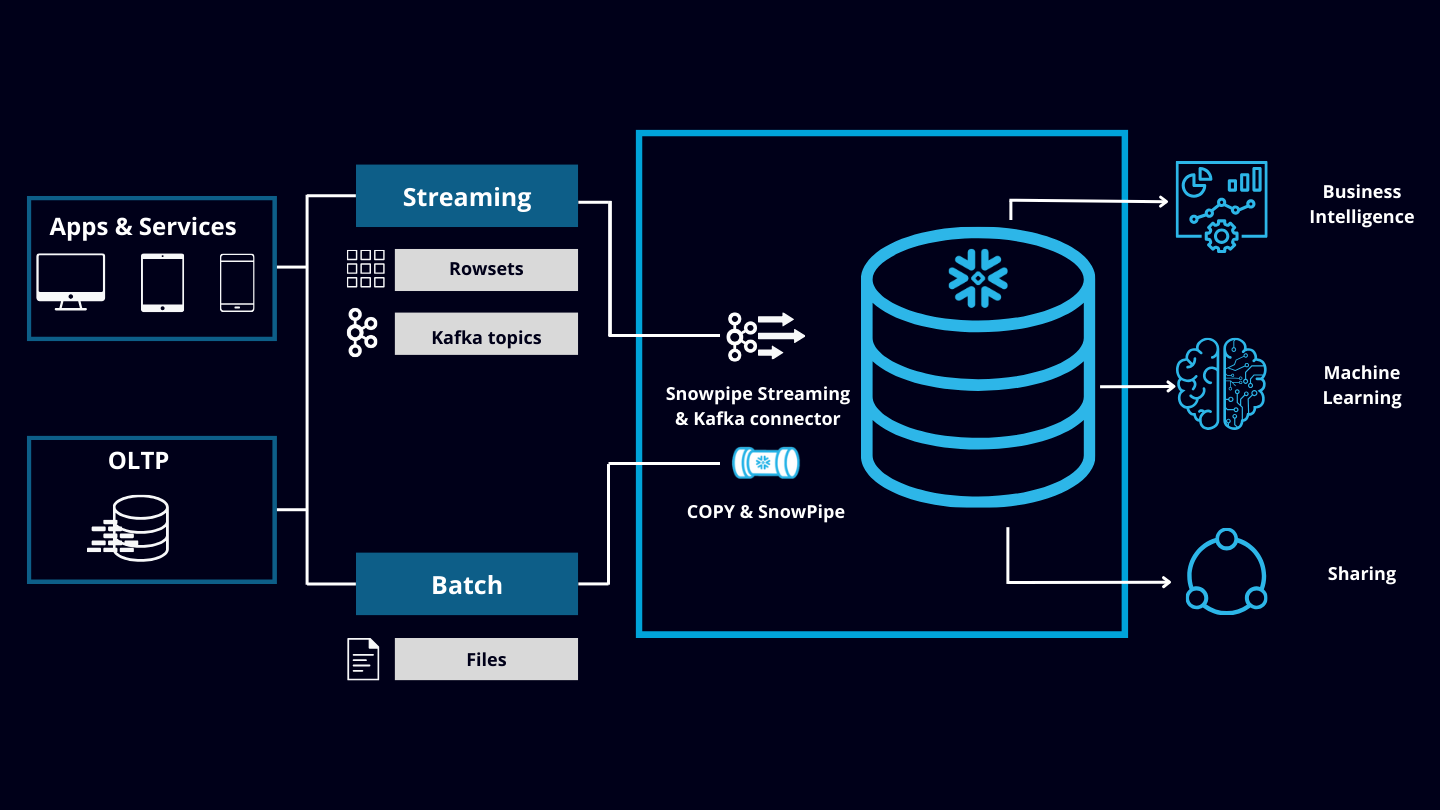
With the Kafka Connector, businesses can tap into the extensive ecosystem of Kafka tools and applications, opening up opportunities for a wide range of use cases, from event-driven architecture to log analysis and more. It is also possible to manage your Kafka with the Confluent platform. This offers an ecosystem of tools specifically designed for data integration and streaming, including an implementation of the kafka connector for snowpipe streaming.

Customization
Moreover, organizations have the flexibility to extend their real-time data streaming capabilities further by creating custom producers and consumers in languages like Java or Python for Kafka, tailoring their streaming architecture to specific needs. Even without Kafka the Python and Java libraries offer the opportunity for customers to develop their own direct ingestion and processing logic to stream data from any kind of streaming service. This adaptability allows businesses to build a data pipeline that is highly customized and seamlessly integrated into their existing systems. This versatility empowers businesses to choose the most suitable approach for their unique data streaming requirements, highlighting the importance of adaptability in modern data architectures.
Conclusion
In the dynamic landscape of contemporary data-driven operations, real-time data streaming emerges as a linchpin for organizations seeking agility and competitiveness. From the efficiency of Snowpipe streaming in Snowflake, which transcends traditional bulk loads, to the synergies unlocked by the Kafka Connector and Confluent integration, businesses gain powerful tools for ingesting, processing, and deriving actionable insights from streaming data. The ability to customize streaming capabilities further underscores the adaptability required in modern data architectures. In essence, embracing real-time data streaming not only enhances decision-making and operational efficiency but also positions organizations to thrive in the ever-evolving digital era.

